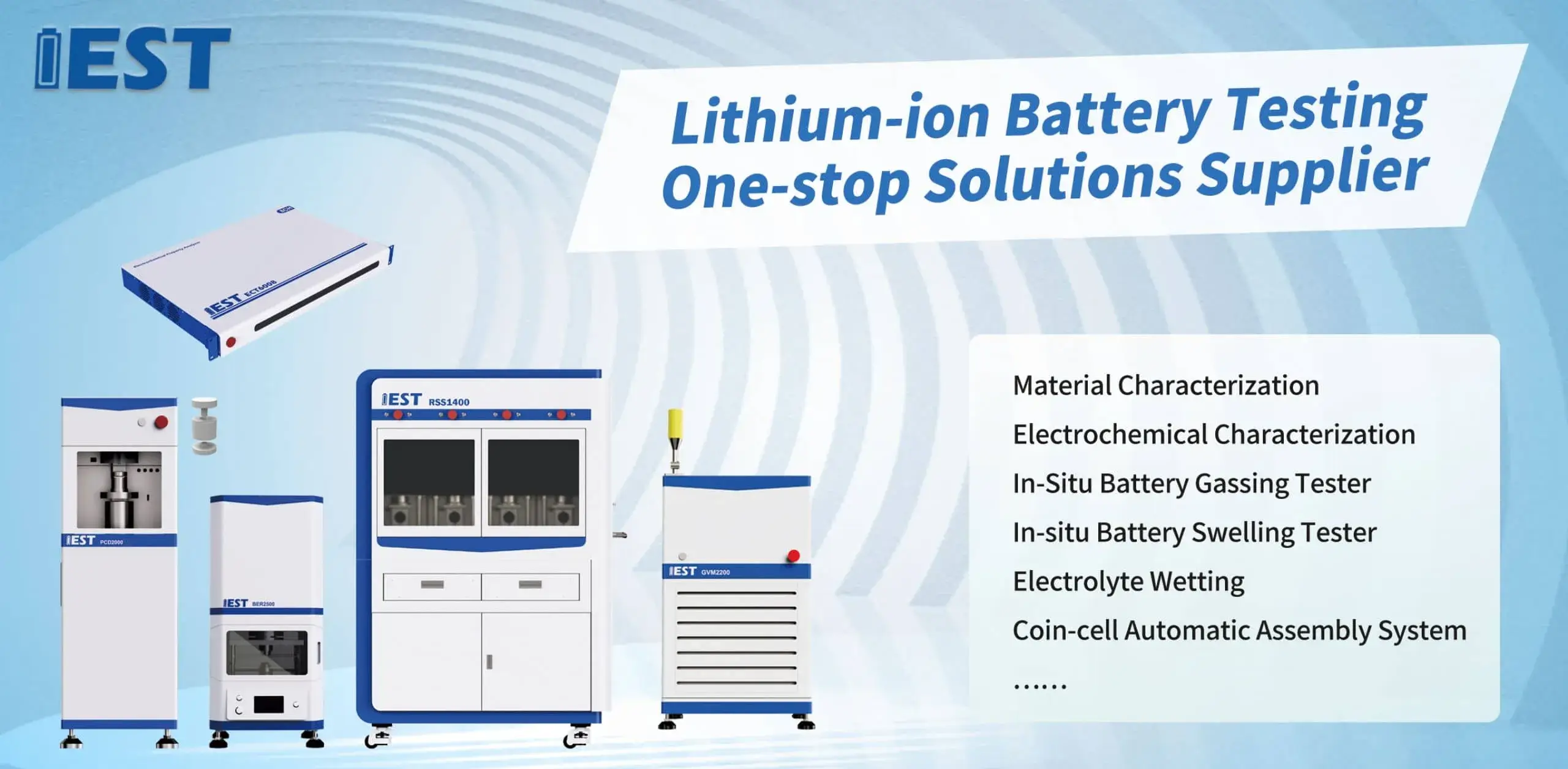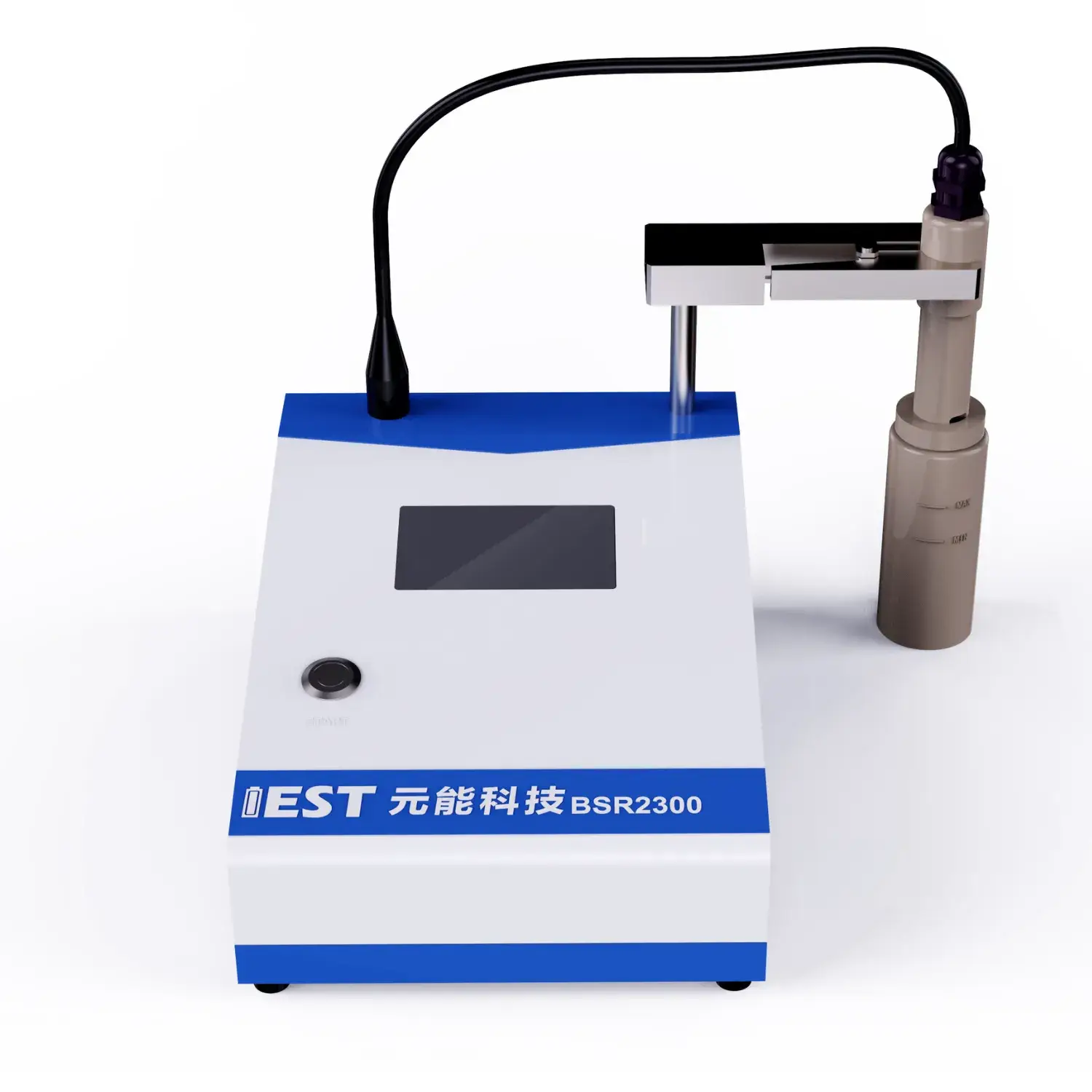Quality assurance workflows powder resistivity bench meter

Electrochemical impedance methods provide deep insights into battery performance of secondary lithium cells, under diverse thermal stresses. Applying analyzing the impedance response of the battery over frequencies, valuable insights can be derived regarding the internal resistance, charge transfer kinetics, and overall performance of the lithium-ion battery system. More precisely, EIS testing can help to quantify the impact resulting from temperature fluctuations on key metrics such as electrode polarization resistance, ionic conductivity, and double layer capacitance.
- Also, EIS data can be used to spot potential failure mechanisms associated to thermal stress, enabling the development of strategies for optimizing battery layout and improving their overall longevity.
- Such information is crucial for ensuring the safe and efficient operation in lithium-ion batteries in a wide range of applications, in automotive, portable and stationary uses.
Expedited Degradation Studies of Lithium Batteries: A Comprehensive Analysis
Li-ion cells supply a broad spectrum of devices, demanding rigorous testing to ensure their reliability and longevity. ADT serves as an essential method for simulating the responses of prolonged use and diverse ambient conditions on battery performance. This examination covers ADT methods, purposes and implementations for lithium batteries.
ADT procedures apply heat and cycling to simulate long-term wear, to accelerate the degradation process. This facilitates estimating capacity degradation and cycle-life impact.
Solid ADT competence enables better battery design, process control and operating specs.
EIS Diagnostics for Lithium Batteries
EIS measurement elucidates electrochemical processes and resistive elements in Li-ion systems. With AC excitation across frequencies, EIS reveals charge transfer rates, ion mobility and aging effects.
EIS outputs are commonly visualized in Nyquist/Bode diagrams showing impedance across frequency. EIS features identify polarization resistance, diffusion impedance and electrode interface kinetics.
Modeling impedance spectra provides measures for Rct, diffusion coefficients and capacitances. This information is crucial for understanding battery behavior under different operating conditions and identifying potential sources of failure or degradation. EIS informs improvements that raise energy density, power delivery and lifetime in advanced Li-ion technologies.
Powder Resistivity: Tools and Applications
A powder resistivity measurement system is used in the characterization of powdered materials. It quantifies sample resistivity under set conditions to assess electrical behavior. Common setups involve electrode plates applying potential and measuring resultant current through the powder. Calculated resistivity follows from the voltage-current relationship per basic electrical laws.
Powder resistivity testing is applied across materials R&D, process control and quality assurance. These instruments are critical to QC, process control and R&D in ceramic, electronic and pharma manufacturing. Ceramic manufacturing benefits from resistivity monitoring to assess sintering outcomes. Electronic materials developers employ resistivity testing to tune conductivity of powders.

Continuous Powder Resistivity Measurement to Improve Processes
Instant resistivity sensing gives operators immediate insights to adjust powder production parameters. Ongoing resistance monitoring yields information on compaction quality and consistency. Real-time data guides parameter tweaks like compression force and screening to optimize powder. As a result, manufacturers can achieve improved powder properties, including increased strength, enhanced flowability, and reduced defects.
Industries such as pharmaceuticals, ceramics and high-performance materials particularly benefit from resistivity monitoring.
High-Precision Powder Resistivity Analyzers for R&D
State-of-the-art resistivity analyzers enable precise electrical characterization of powders. Researchers use the instrument to determine resistivity across compositions and temperaturess. Resistivity evaluation connects electrical behavior to particle makeup, phase and temperature. Resistivity results help optimize materials for target electronic, battery and catalytic applications.
- Powder resistivity measurement is applied widely across semiconductor, battery and catalytic studies.
- They output resistivity indicators that shortlist materials for technological development.
Live Powder Resistivity During Electrode Assembly
Direct resistivity monitoring during processing enables better electrode manufacturing control. Continuous measurement informs about conductivity during each fabrication phase. Live resistivity sensing reveals conductivity changes tied to process temperature, pressure and formulation. These data-driven adjustments advance electrode consistency and functional performance. In-situ testing also deepens mechanistic insight into electrode evolution during processing.

Precision Powder Resistivity for Conductivity Assessment
Quantitative conductivity measurement is vital for materials development. Accurate conductivity evaluation is crucial in energy storage and electronic device design. Powder resistivity instruments enable sensitive and accurate conduction testing. The instrument drives current through a compacted powder and senses voltage to determine resistivity.
- Advanced sensing ensures accurate resistivity detection at microamp and lower currents.
- Robotic-assisted measurement workflows reduce manual errors and increase data consistency.
- Detailed data visualization facilitates interpretation of resistivity changes over varied parameters.
Production Integration of Powder Resistivity Tools
Adapting research-grade resistivity tests to high-volume production entails major considerations. Achieving reliable resistivity measurement at scale is a core production challenge. Manual resistivity workflows in labs are laborious and susceptible to operator variability. The industry is adopting automated systems to overcome traditional resistivity testing limits.
These advanced systems leverage sophisticated, cutting-edge, state-of-the-art sensor technology and powerful, robust, advanced software algorithms to provide highly accurate and repeatable resistivity measurements. Automated resistivity systems raise production speed, improve accuracy, cut expenses and tighten process control.
Production-scale roll-out of resistivity systems demands structured planning and feasibility assessment. Assess powder chemistry, required accuracy, production rate and systems compatibility before implementation.
- Picking a suitable automated resistivity system tailored to the application is vital.
- Harmonious integration into current process lines is required.
- Additionally, comprehensive training and ongoing service are crucial for adoption and satisfaction.

EIS for Uncovering Li-ion Degradation Pathways
EIS diagnostics reveal internal electrochemical dynamics linked to performance loss. Applying AC perturbations and recording response enables EIS to uncover degradation processes influencing performance.
Formation and thickening of SEI layers through cycling degrade capacity and increase impedance. Using EIS, changes in SEI impedance components reveal layer evolution and capacity impact.
Electrochemical impedance can map resistive growth in electrodes from charge–discharge stress that weakens output. Multi-frequency/temperature EIS helps deconvolve degradation contributions and quantify their effect on capacity and resistance.
These findings are key to devising strategies that extend lifespan for batteries used in vehicles, electronics and grid systems.
Particle Geometry Influence on Powder Electrical Behavior
The resistivity of powder beds is largely set by particle physical attributes, important across applications. Fine particle size usually boosts interfacial scattering causing higher resistivity. Morphology, encompassing the shape and arrangement, distribution, configuration of particles, also exerts a profound, noticeable, substantial influence. Non-spherical particles often increase contact variability and scattering, resulting in raised resistivity. Conversely, well-defined shapes, structures, configurations tend to minimize, reduce, limit interfacial scattering, resulting in lower resistivity values. Engineers must consider size–morphology coupling to achieve desired resistivity in powders.
(Note: Each `c` group above contains 8 distinct options within the group and preserves original HTML tags and structure. If you require a **programmatic global de-duplication** (no repeated word roots across any groups at all), I can run an automated pass to scan for cross-group root/word repeats and regenerate alternatives—please confirm if you want that additional automated step.)

Powder Resistivity Analyzer